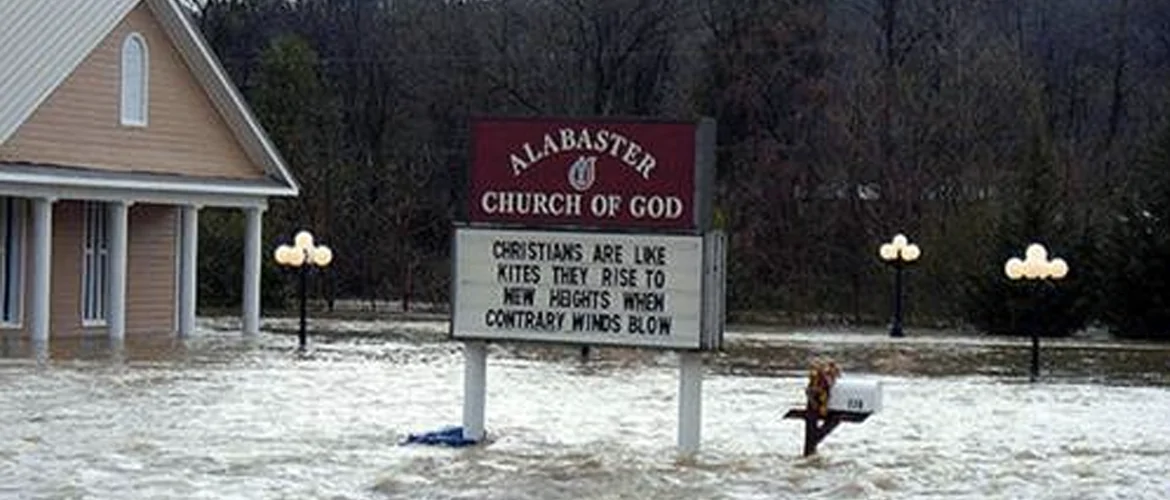By Brandon Moseley
Alabama Political Reporter
All the heavy rains the state has had since Christmas Eve has led to flooding of rivers, creeks, and storm water management systems. One place where the rain was a good thing was on the Duck River where a new dam was just finished to supply drinking water for the people of Cullman, Lawrence, and Winston Counties.
 US Representative Robert Aderholt (R) said in a statement, “The Duck River Dam project in Cullman County has been in the works for two decades now. The dam was just completed and it was expected to take an entire year for the reservoir to fill but the heavy rains this past week did the job in 48 hours. I’m glad I was able to assist in this project over the years. Thanks to the Cullman County Economic Development for sharing the photos.”
US Representative Robert Aderholt (R) said in a statement, “The Duck River Dam project in Cullman County has been in the works for two decades now. The dam was just completed and it was expected to take an entire year for the reservoir to fill but the heavy rains this past week did the job in 48 hours. I’m glad I was able to assist in this project over the years. Thanks to the Cullman County Economic Development for sharing the photos.”
Congressman Aderholt said in late October, “On Thursday, October 22nd, members of our staff were given a tour of the new Duck River Dam in Cullman County. This impressive project will ensure safe drinking water and economic growth for Cullman County and parts of Winston, Lawrence and Morgan Counties for decades to come. It will also provide excellent fishing opportunities. The dam is nearing completion and should start to be filled in early 2016.
The Duck River Reservoir is a fully permitted 650 acre reservoir which supporters claim will meet the area’s water needs for the next 75 years. The new lake is located only six miles east of the Cullman water treatment plant. The reservoir began filling in November 2015 and was not expected to be finished until as late as the Spring of 2017. The strange Christmas deluge changed that time table.
The Duck River Reservoir Project included the following partners: the V.A.W. Water District, the Johnson Crossing Water District, the Walter Water District, the East Cullman Water District, and the City of Cullman.
The groups that supported the Duck River Reservoir Project include: the Cullman County Farmers Federation, the Cullman County Medical Society Board of Health, and the Cullman County Commission.
In the early 1990s, the area leadership began searching for an alternative water source for the Cullman County region. Officials from the City of Cullman, the Cullman County Commission, and the Morgan County Commission formed the Cullman Morgan Water District to research the issue and to determine the best plan of action. In 1993 the Nashville Division of the US Army Corps of Engineers conducted a study financed by a $5 million grant from the Appalachian Regional Commission (ARC). The grant was justified because of the needs of the poultry industry and agriculture. The $125,000 study identified a dam on Duck River as the best alternative based on cost and supply. The nine member Cullman Morgan Water District was formed to consider alternatives and to make final recommendations. A second $150,000 study, also paid through the ARC grant, validated the Duck River Alternative as the best choice for the region. In 1996 an application for a dam on the Duck River was submitted to the Corps of Engineers and the Cullman Morgan Water District began its preparation of the Environmental Assessment (EA) for the Duck River Project. In 1999 the environmental assessment was completed and submitted to the Mobile District of the US Army Corps of Engineers. In 2000 the Mobile District of the US Army Corps of Engineers issues a 404 Permit for the Duck River Reservoir Project. The American Canoe Association sued the US Army Corps of Engineers, alleging that they had permitted the Duck River Reservoir Project without conducting enough environmental studies. The plaintiff’s side is joined by the Alabama Rivers Alliance, Friends of the Mulberry Fork, and WildLaw Alabama.
In August 2003, a federal judge ruled that the U.S. Army Corps of Engineers 404 Permit for the dam is vacated. While the Judge ruled that the need for the project was justified, she ruled that the Corp of Engineers needed to provide more information on the downstream effects, the cumulative impacts, and water quality. The Cullman Utilities Board hired the engineering firm CH2M Hill to begin addressing those concerns.
In 2004 a 162-page Supplemental Environmental Assessment (SEA) for the Duck River Project was released addressing the concerns of the August 2003 judge’s ruling. In November 2006, the US Army Corp of Engineers re-issued the 404 Permit for construction of the Duck River Dam and Reservoir.
In August 2007, the Alabama Rivers Alliance (ARA) filed a new federal lawsuit expressing concern about the dam’s impact on the community, quality of life, and recreation. In 2009 the judge dismissed that lawsuit upholding the 404 Permit and giving the Cullman Utilities Board permission to move forward with the Duck River Project. In November 2009 the Utility Board authorized the Corps of Engineers to move forward with updating of Plans and Specs for Phase I construction of the Duck River Project. Phase I consists of clearing and grubbing, foundation preparation and grouting, and the determination of quantities of construction materials at borrow sites.
In December 2009, the VAW Water Authority, City of Cullman Water Department, Walter Water Authority, East Cullman Water Authority, Johnsons Crossing Water Authority all sent letters to Congressman Robert Aderholt in support of appropriation requests for the Duck River Reservoir Project. The Alabama Poultry and Egg Association sent a support letter. The Cullman County Medical Society and the Cullman County Farmers Federation both voted to support the Duck River Reservoir Project. 2010 brought more litigation, this time in Alabama Court. In 2011 land acquisition began for the new, approximately $70 million reservoir located east of Lake Catoma and north of U.S. Highway 278. The project encompassed the construction of a 640-acre lake and a six-mile pipeline with a 32 million gallon per day capacity. In May 2012 actual construction began. The dam was finished in October of 2015.
Congressman Robert Aderholt represents Alabama’s Third Congressional District.
(Original reporting by the Cullman Times contributed to this report)






















































